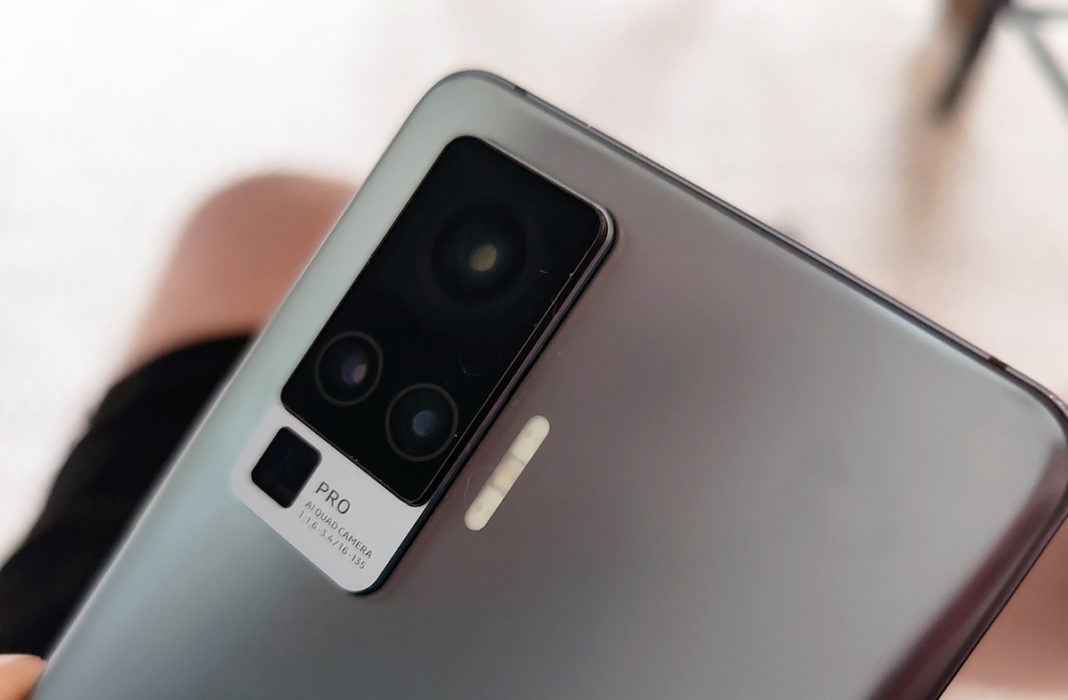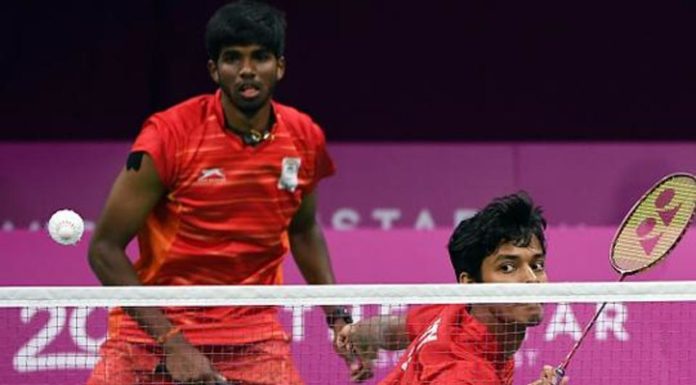Vivo X50 Pro is the world’s first phone with a gimbal stabilisation system. Here is our review of the newest camera-centric Android phone in town.
Vivo X50 Pro review: For many customers looking for a high-end phone, especially content creators and Vloggers, camera performance matters. And this is one area where I feel every smartphone manufacturer seems to be paying their attention. Vivo is no exception. Its new smartphone, the X50 Pro, is being marketed as a “professional photography flagship” and there is a reason why Vivo is making this claim. The X50 Pro, in case you are not aware, is the world’s first phone with a gimbal stabilisation system. The idea of putting a ‘gimbal-style’ camera in a smartphone gives the X50 Pro a special advantage over the competition when the camera-focused phones have become more predictable. I tested the Vivo X50 Pro for a week, and here’s what I have to say about its camera and other features.
Vivo X50 Pro price in India: Rs 49,990
Vivo X50 Pro specifications: 6.56-inch FHD+ 90Hz AMOLED screen | Snapdragon 765G processor | 256GB storage+8GB RAM | 48MP IMX598 gimbal camera+8MP periscope lens with 5x optical zoom + 13MP portrait lens+ 8MP ultra-wide lens+ 32MP front camera|4,315mAh battery with 33W fast charging+Android 10 (Funtouch OS 10.5)
What is new in the Vivo X50 Pro?
The X50 Pro has a 6.56-inch display, and while the front is edge-to-edge with minimal bezels, the phone is still a large device. Thankfully, I could fit it in my pocket, but I have to say the X50 Pro is even bigger than my iPhone 11. I liked the design of the X50 Pro. Visually, it reminds me of the Galaxy S20 Ultra but it’s way slimmer and lighter. It feels expensive, and the matte glass finish on the back isn’t slippery. The rectangular camera module adds character to the design, and although the camera bump is large it sticks to the device’s body that doesn’t protrude. The fingerprint reader resides under the screen and I find the in-display sensor fairly accurate. Like many flagships in 2020, the X50 Pro too ditches the 3.55mm headphone jack, though it comes with USB-C buds that aren’t bad. Unfortunately, the X50 Pro bears no IP rating for water and dust resistance.
Speaking of the display, the X50 Pro features a huge 6.56-inch that covers the front. While the screen is edge-to-edge with thin bezels, there’s a small hole-punch notch in the left of the top edge. The Full HD+ display is sharp, and gets plenty bright when you are out. It also packs a 90Hz refresh rate and that does make a lot of difference when playing certain games or when scrolling through the Twitter timeline.
What would make you buy the Vivo X50 Pro?
Perhaps the biggest attraction of getting the Vivo X50 Pro is the camera. The star attraction here is a 48MP main camera, which offers a gimbal-like camera system along with OIS (optical image stabilization) and EIS (electronic image stabilization) technology for video stabilisation. Vivo claims the X50 Pro is the first phone in the world to come with a micro gimbal camera — a gimbal is commonly used to stabilise a camera. Vivo has basically miniaturised the gimbal camera tech and put it out in a phone that measures 8mm in thickness. While most phones only stabilise two axes: vertical and horizontal (better known as the x- and y-axis), Vivo introduces a third axis of movement (z-axis). The new tech not only widens the rotation angle but also improves the anti-shake area for clearer photos in low-light areas and video recording.
In my testing, I compared the Vivo X50 Pro and my iPhone 11 and honestly, I didn’t find much of a difference. Both phones captured stable video footage. However, when I enabled the ultra-stable mode on the Vivo X50, I captured videos with more stabailisation. Perhaps my favorite camera feature on the X50 Pro is the smart zoom, which not only zooms in but also keeps focus on while filming moving subjects. The feature is really useful when filming fast-moving subjects like athletes in action.
Vivo X50 Pro's smart zoom feature in action #Vivo pic.twitter.com/enodQoXPyp
— Anuj Bhatia (@ImAnujBhatia) July 16, 2020
In terms of camera specs, the Vivo X50 Pro has a 48MP main camera with an f/1.6 aperture, a 120-degree 8MP super wide and a 13MP ‘bokeh’ camera. Then there’s an 8MP sensor with a periscope lens that allows for up t0 5x telescopic and 60x digital. On the front, there’s a 32MP camera for selfies.
In practice, the photos I took with the X50 Pro were good regardless of the lighting condition. The camera delivers bright and punchy images with vibrant colours. Though I have to say the iPhone 11 captured photos that were more natural, that is largely my personal preference. I found the phone’s ability to capture the photos during the night was better than many phones, but still not up to the caliber of the iPhone 11 and Pixel 3XL.













![Hotstar Premium Cookies 2019 [*100% Working & Daily Updated*] Hotstar Premium Cookies 2019 [*100% Working & Daily Updated*]](https://tahav.com/wp-content/uploads/2019/11/Hotstar-Premium-Cookies-Free-100x70.jpg)



